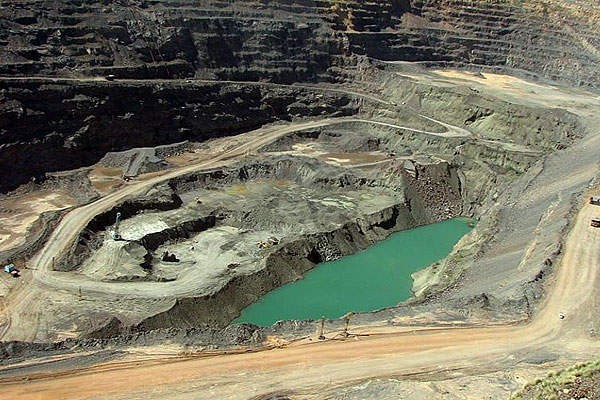Top 15 Rarest & Most Expensive Materials on Earth of All Time
| Contents |
What Are The Most Expensive Materials In The World?
(Note: This article was originally published in September 2021 and was last updated in March 2024)
Many people have held the long-held belief that gold and diamonds are the most costly materials in the world. That being said, this is wholly incorrect.
Because they are rare or difficult to produce, the most valuable materials on earth are typically expensive. The value of expensive materials fluctuates over time as demand for rare materials declines or their availability rises.
Precious gems like diamonds, rare earth elements like platinum, and cutting-edge materials that are difficult to make and dangerous top the list of materials that cost the highest on earth right now. There is a commonality among all of these substances: there is a high demand and a low supply.
The fact that some of the priciest materials in the world are used to produce goods in high demand contributes to the high cost of these materials. Expensive materials like dental fillings, jewelry, and engines can be created with them, which makes them essential to numerous global industries.
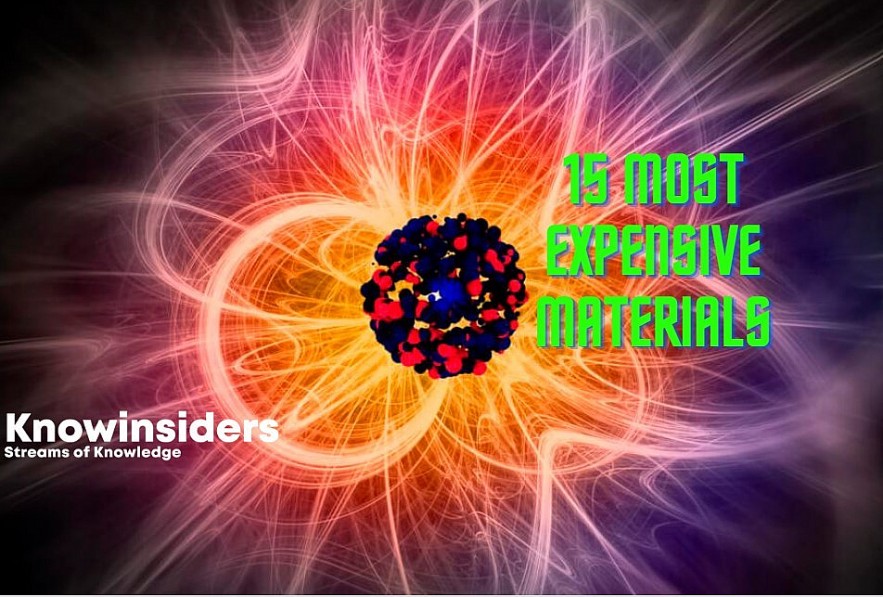 |
| Top 15 Most Expensive Materials on Earth |
Top 15 Rarest & Most Expensive Materials on Earth
1. Antimatter — $62.5 trillion per gram
 |
| Antimatter - the world’s most expensive |
Among valuable materials, antimatter is a singular and extraordinary anomaly. At an astonishing $62.5 trillion per gram, its value dwarfs not only the estimated $100 trillion global economy, but also rare minerals like gold and diamonds.
The cost to produce one milligram of positrons is approximately $25 million. Theoretically, antimatter will one day be able to power spacecraft. However, the current disadvantage is that all of humanity would need to work nonstop for approximately a year in order to produce just one gram of it.
The stuff that science fiction is made of, known as antimatter, is genuinely quite real. Although they have the opposite charge and spin from their counterpart, simply referred to as "matter," antimatter particles are essentially the same. And should the two come into contact, they practically destroy each other.
A nuclear bomb-sized explosion could actually be produced with just one gram of antimatter; fortunately, scientists have only managed to create about 20 nanograms of antimatter thus far. That would only produce enough energy to make a cup of tea, which is not nearly as frightening. Antimatter is something you really can't buy, even if you could afford it.
The potential uses of antimatter, despite its exorbitant cost, are highly intriguing. Given that it has an energy yield significantly higher than any existing propulsion system, it is suggested as a fuel for interstellar space travel. Antimatter finds uses in radiation therapy and imaging in medicine, offering new methods for the detection and treatment of specific cancers.
Even if you could convince a lab to sell it to you, each atom would cost millions of dollars and be extremely challenging to transport home. However, it's possible that you already have some at home.
Despite being the most expensive material on Earth, antimatter's practical uses are still constrained by the state of technology and knowledge today. The high price indicates the potential for future scientific and technological advancements as well as the production costs.
| In physics, antimatter is defined as the opposite of normal matter, having the same mass but the opposite electric charge. For example, a positron is the antimatter equivalent of an electron. It has the same mass and spin as an electron, but its charge is +1 rather than -1. |
2. Endohedral Fullerenes - $160 million per gram
 |
| Endohedral Fullerenes - Photo: - Wikipedia |
Normal fullerenes with additional atoms, ions, or clusters inside inner spheres are known as endohedral fullerenes. In 1985, the first lanthanum complex was produced. It is essentially a nitrogen atom trapped inside a cage made of carbon atoms. Applications for extremely precise atomic clocks might arise from it.
There are currently two types: non-metal doped fullerenes and endohedral metallofullerenes.
3. Californium - $25-27 million per gram
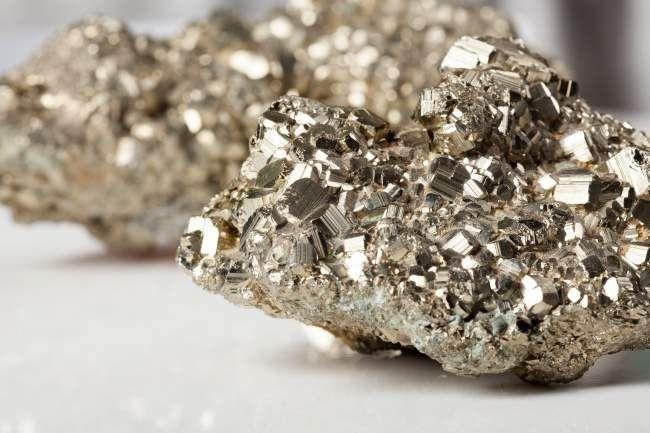 |
| Californium |
By subjecting curium to an alpha particle bombardment, scientists produce californium. The radioactive chemical element with atomic number 98 is produced by this reaction. As of right now, ten isotopes are known to exist.
It can identify gold and silver in ores and residual oil in nearly depleted reservoirs, and it can aid in the treatment of some types of cancer. Though it is believed to originate in supernovae, it can only be produced by humans on Earth. It makes sense why it is so valuable!
While practically insoluble in water, California mineral sticks firmly to regular soil. Its half-life is not very long. Californianium-251, its most stable isotope, has a half-life of approximately 898 years.
4. Diamond - $55,000 per gram
 |
| Diamond - Photo: Jewelry Magazine |
Though its exact discovery is unknown, the diamond is believed to have been mined in India in the 1300s. Since then, it has changed hands numerous times, but it is currently a part of the British Crown Jewels collection.
Any jewelry buyer will tell you that the cost of a diamond varies greatly based on its quality. Average quality diamonds weighing 0.4–0.6 grams and weighing 2-3 carats typically retail for between $18,000 and $21,000. However, be prepared to pay upwards of $100,000 for the same sized gem if you are unwilling to settle for anything less than the finest.Blue diamonds with high carat values can fetch up to $4 million each.
The Koh-i-Noor diamond is the most valuable diamond ever discovered. One of the biggest cut diamonds in the world, weighing 105.6 carats.
Because these stones are formed at extreme depths in the Earth's crust and upper mantle, they have been subjected to extreme pressure and heat. There are only three places where blue diamonds can be found: Australia, South Africa, and India. They are extremely rare. The element boron is responsible for their blue color.
5. Tritium - $30,000 per gram
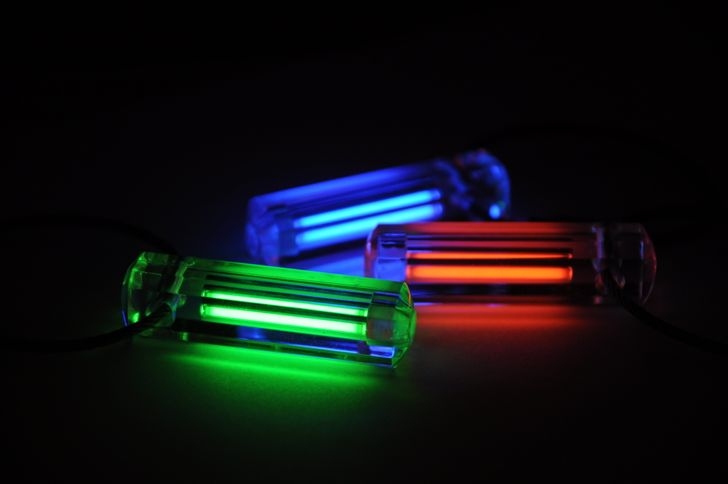 |
| Photo: Pinterest |
Lithium metal or ceramic pebbles containing lithium are exposed to radiation, which forges tritium within nuclear reactors. It's also among the priciest materials available on the planet. This particular hydrogen is extremely heavy.
A gram of tritium, a radioactive material, can fetch an astounding $30,000.
It was first identified in 1934 and is utilized for self-sustaining lighting, like the kind found in watches, map lights, and navigational compasses. It also helps with nuclear weapons, as it increases the yield and efficiency of fission bombs.
Tritium is naturally present in trace amounts on Earth due to interactions between cosmic rays and our atmosphere. However, the majority of the tritium produced today comes from nuclear fission or reactors.
By the time the last report from the one and only US facility producing tritium was issued in 1996, only 225 kilograms had been produced. Why is it so expensive?
| Another essential component needed to power some nuclear weapons is tritium. It is occasionally used as a tracer in academic and biomedical research as well as for "glow in the dark" items like watch hands. But don't worry—the beta rays it emits are incredibly weak and cannot pass through human skin. If consumed, tritium also poses a minimal health risk, but if you're a regular consumer, you should really reconsider your lifestyle. |
6. Taaffeite Stone - $20,000 per gram
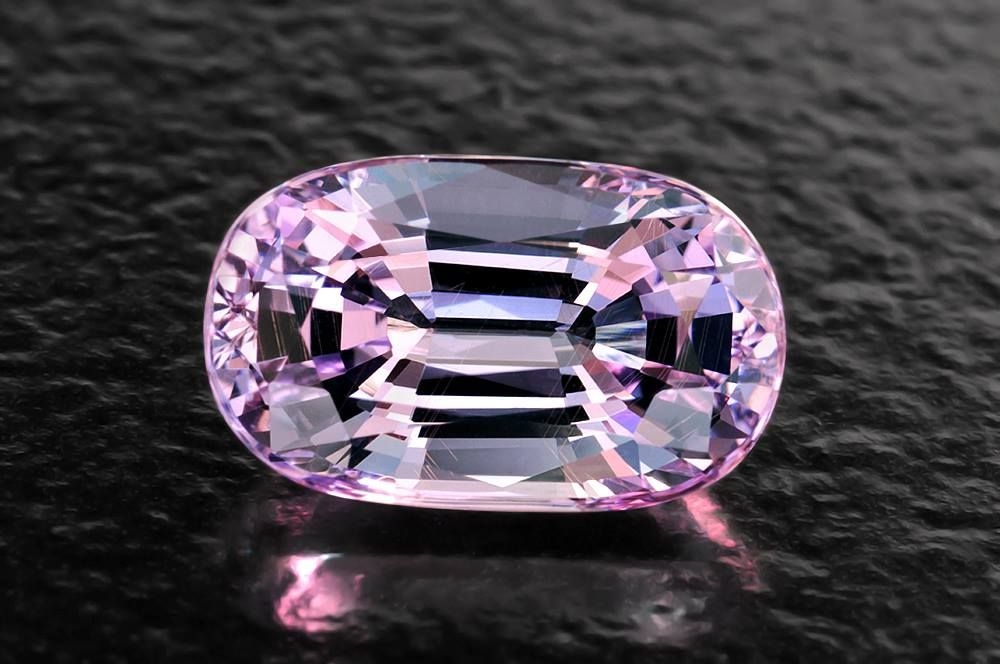 |
| Taaffeite Stone - Photo: Rare Gem Collection |
Only recently has the extremely rare gemstone taaffeite gained popularity among collectors. Less than ten red ones are believed to exist, and its color ranges from red to purple.
The gemstone known as "taaffeite," which bears Richard Taaffe's name, is distinguished by its faceted form. Less than a dozen Taaffeite stones, which range in hue from red to purple, are known to exist.
The weight of the first Taaffeite found was 1.419 carats. A portion of this material was analyzed, and the remaining portion was recut into a 0.55 carat smaller gem.
The first mineral to contain both magnesium and beryllium is taaffeite. Additionally, it exhibits the double refraction property. Gem-quality crystals larger than a few carats are less common, and these crystals are usually tiny. Because they are rare, larger, better-quality specimens are especially valuable.
7. Emeralds - $20,000 per gram (or $100,000 per carat)
Emeralds, in addition to diamonds, are a highly prized and expensive gemstone. The Latin words "esmaralda" or "esmaraldus," and their Greek equivalents meaning "green diamond," are thought to be the source of the English term "emerald," which first appeared in written form in the fourteenth century.
The four basic standards (also known as the four Cs)—color, clarity, cut, and carat (weight)—are used to grade emeralds. Usually, color is the most important factor when grading colored gemstones. On the grading of emeralds, clarity comes in second place. In addition to its pure, verdant green color, an emerald needs to have a high degree of transparency in order to be considered a top gemstone.
In the 1960s, the American jewelry industry defined emerald as beryl that contained green vanadium.
Nonetheless, since emeralds are not recognized as such in the United Kingdom and Europe, vanadium emeralds are purchased in the United States. In the United States, terms such as "Colombian emerald" are commonly employed to differentiate between traditional and vanadium emeralds.
8. Soliris - $13,880 per gram
 |
| Soliris - Photo: FiercePharma |
Soliris is currently the most expensive drug in the world, costing about $13,880 per gram.
It is used to treat atypical hemolytic uremic syndrome, or aHUS, an incredibly rare but potentially fatal illness. Without Soliris, this terrible illness that targets red blood cells is extremely difficult to treat.
But there's only one issue. The cost of treatment for a full year will come to about $450,000. In reality, in 2015, a different medication dethroned Soliris as the priciest medication on the planet. Glybera costs an astounding $1.2 million for a single year's supply, and it was only ever approved for use in Europe.
Glybera was pulled from the market in 2017 despite having the potential to bring pharmaceutical companies enormous profits because the condition it was meant to treat is so uncommon that very few patients actually required it.
9. Grandidierite - Poorer quality around $10,000 per gram
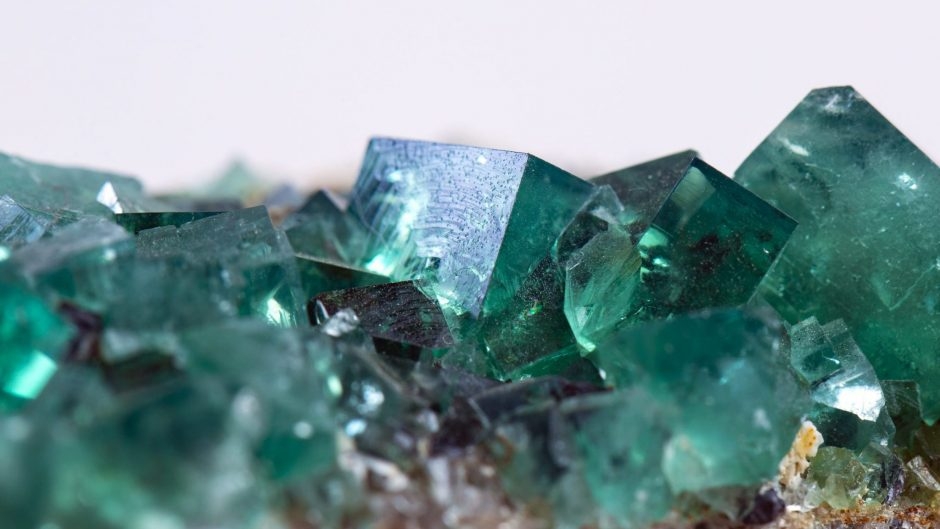 |
| Grandidierite - Photo: Truly Experiences |
Secondly, grandidierite is an extremely uncommon gemstone and mineral. It is a Mg-Al borosilicate, in case you were wondering, and it is present in both plutonic and metamorphic rocks.
It was originally found in 1902 by French explorer Alfred Grandidier in the southern region of Madagascar. While researching Madagascar's natural history, he came across it.
The mineral bears the name of Alfred Grandidier, a French explorer who traveled to Madagascar and studied its natural history between 1836 and 1922.
A higher iron (Fe) content causes the grandidierite to appear bluer. The newly found gemstone blue ominelite (Mg, Fe) is the Fe-analogue (Fe, Mg) of grandidierite.
It can show one of three colors depending on the viewing angle: dark green, colorless (sometimes a very pale yellow), or dark blue-green.
Grandidierite is classified as extremely hard on the Mohs scale, with a score of 7.5. Significantly translucent Grandidierite facets are extremely rare. The Gemological Institute of America (GIA) estimates that the largest cut specimen in its possession weighs 763.5 carats.
10. Painite - $9,000 to $300,000 per gram
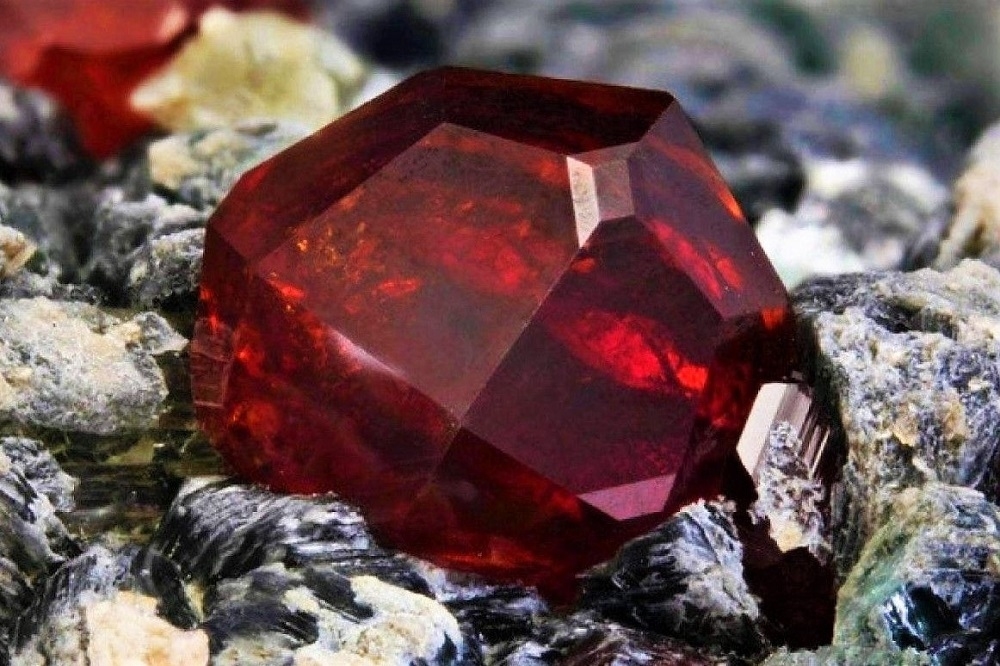 |
| Photo: IJC Trang Sức Đá Quý |
Another extremely costly material that you may not be familiar with is called paynite.
It was first found in Myanmar by British mineralogist and gem dealer Arthur C.D. Pain, who mistook it for a ruby until it was identified as a new gemstone in the 1950s. Once it was established that the mineral was a novel species, the mineral was given a name.
Prices are quoted between $9,000 and $300,000, with $9,000 being the most often quoted amount. Of all the rarest minerals in the world, paudite is reputed to be the "hardest" to find. The British gem dealer Arthur C. D. Pain made the initial discovery of it in Burma in 1950.
More of these exquisite stones may eventually be found in the Mogok Area of Myanmar, where recent discoveries have been made. People want them, no matter how much they cost.
11. Plutonium - $6,000 per gram
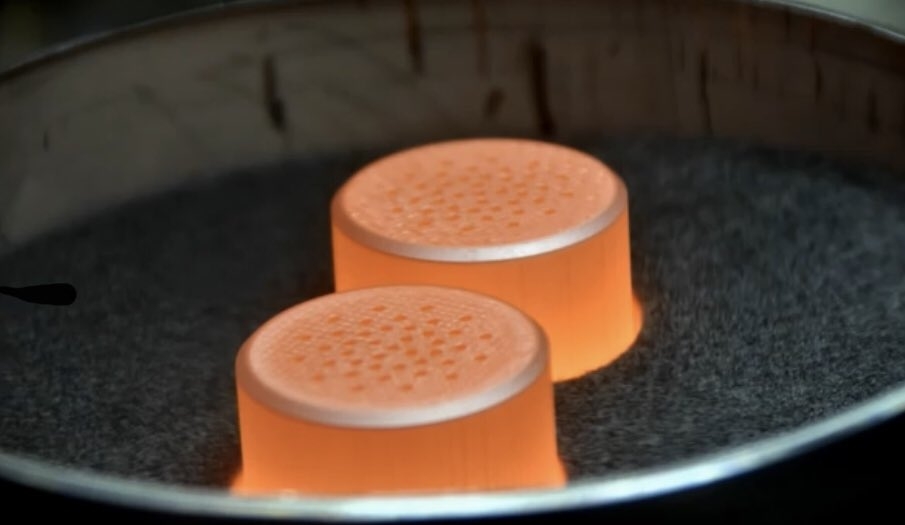 |
| Plutonium - Photo: Twitter |
If you’ve ever fancied buying some plutonium, then you had better get saving up because it’s $6,000 per gram. Plutonium is a radioactive metal that comes from the nuclear decay of uranium, but sometimes it can also be found naturally. Its uses include nuclear reactors and nuclear weapons, but it’s also used to power satellites and space crafts that need a long-lasting energy supply.
Plutonium was actually used in the cores of the first atomic bombs, including the devastating bomb that was dropped on Nagasaki, Japan in 1945.
If you do decide to spend your money on plutonium, be extremely careful. Radioactive materials are obviously super dangerous and plutonium can accumulate in your bones which doesn’t sound fun at all. You’ll probably struggle to get your hands on any, though. Plutonium is a controlled substance and even if you did manage to buy some, transporting and storing it would be very difficult to do safely.
This form of power can also be used for space travel. The Voyager 1 probe, for example, has platinum batteries that haven’t failed to this day and are set to keep powering the probe well into 2025.
12. Lysergic Acid Diethylamide – $2,500 per gram
Lysergic Acid Diethylamide (commonly known as LSD) is a semi-synthetic drug derived from a non-organic chemical named diethylamide, a fungus that grows on certain grains and ergot. It is sensitive to ultraviolet light, chlorine, and oxygen.
The effects of LSD are unpredictable. The user may experience changes in mood, different emotions at once, and visual hallucinations. The physical effects include weakness, hypothermia, sleeplessness, tremors, goosebumps, elevated heart rate, and blood sugar.
The illegal and unregulated nature of LSD production and distribution contributes to its exceptionally high cost. Plus, the synthesis of LSD requires precursor chemicals and specialized knowledge in organic chemistry. The process involves handling sensitive and controlled substances in multiple stages.
13. Buckminsterfullerene – $270 per gram
Buckminsterfullerene (also called Buckyball) contains 60 carbon atoms (with nitrogen atoms housed within them). Oxford University has dedicated over 12 years to researching this material.
Buckyball holds promise for building a small and portable atomic clock, which would be the world’s most accurate form of timekeeping. At present, atomic clocks are room-sized. This new nano-material can shrink down the atomic clock to microchip size and thus could be integrated into mobile phones. It can also make GPS navigation accurate to 1 millimeter.
While this material can be found in nature, its extraction in significant quantities is challenging. The molecule is typically produced in the lab. Synthesis processes involve intricate techniques such as laser ablation and chemical vapor deposition.
These processes are resource-intensive and require advanced equipment, contributing to the overall cost. Plus, the cost associated with scientific investigation, experimentation, and the development of new applications also contribute to the overall expense.
14. Cocaine – $140 per gram
Cocaine is a strong, addictive drug, commonly snorted, inhaled, or injected into veins. It is produced from the Erythroxylum coca leaves, which generally grow in the Andes region of South America.
Cocaine is often used for numbing and decreasing bleeding during nasal surgery. However, the non-prescribed intake may lead to an intense feeling of happiness, agitation, fast heart rate, high blood pressure, and body temperature. It also increases the risk of stroke and sudden cardiac death.
Since it is illegal in most countries, its production and distribution involve significant risks. Furthermore, achieving and maintaining a high purity level of cocaine is challenging and requires complex processing steps, which adds to the overall cost of the drug.
15. Heroin – $110 per gram
Heroin is illegal to manufacture, buy, and sell without a license. The illegal nature of this drug contributes to its high price, as the risk and penalties associated with its production and distribution are significant.
In 2004, Afghanistan produced almost 87 percent of the world supply. Between 2007 and 2011, Mexico was the second-largest Heroin producer.
This highly addictive opioid drug is used in the treatment of acute pain, post-surgical pain, myocardial infarction, and physical trauma. However, an overdose may lead to the risk of contracting blood-borne pathogens and bacterial or fungal endocarditis, decreased kidney function, and even death.
More Expensive Materials
16. Rhino Horn – $100 per gram
17. Methamphetamine – $90 per gram
18. Gold (22 Karat) – $64 per gram
19. Platinum – $33 per gram
20. Iranian Beluga Caviar – $30 per gram
21. Rhodium – $22 per gram
22. Saffron – $15 per gram
13. White Truffles – $11 per gram
24. Black Opal – $10,000 per carat
25. Alexandrite – $20,000 per carat
26. Blue Garnet – $30,000 per carat
 Top 10 Most Expensive Barbie Dolls Of All Time Top 10 Most Expensive Barbie Dolls Of All Time Barbie was originally made as toys for children, but the products got better each year with more creativity added into making this gorgeous dolls, and ... |
 Top 10 Most Expensive Flowers in the World Top 10 Most Expensive Flowers in the World Flowers are often beautiful, fragile and lovely, and some of them are even rare and hard to find. Here is the 10 most expensive flowers ... |
 Top 10 Most Expensive Foods Infused With Gold In The World Top 10 Most Expensive Foods Infused With Gold In The World Edible gold has been known since the 16th century and is used to decorate foods and drinks. Check out the 10 most expensive foods that ... |

